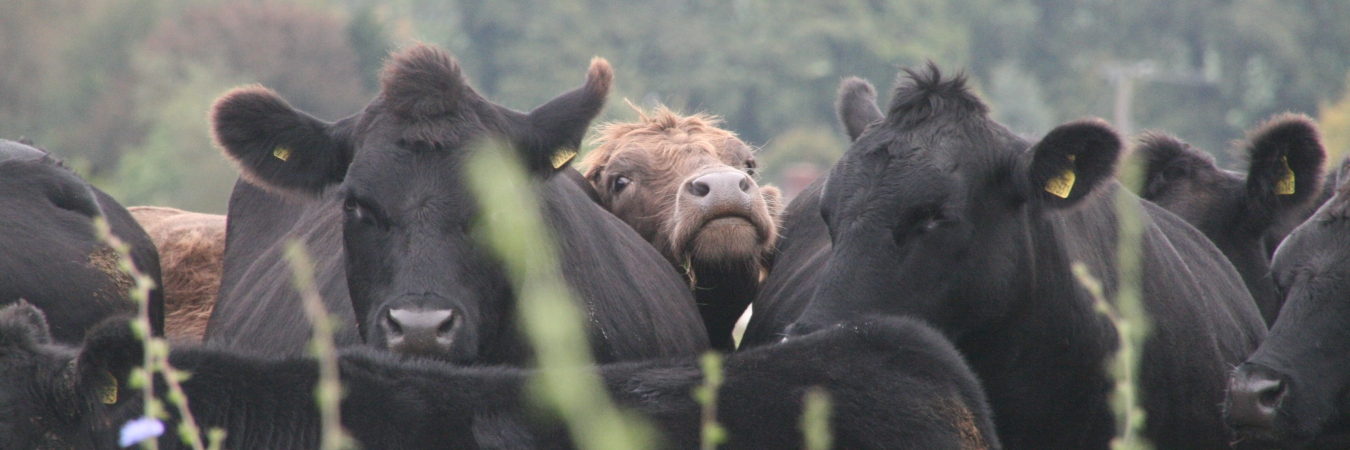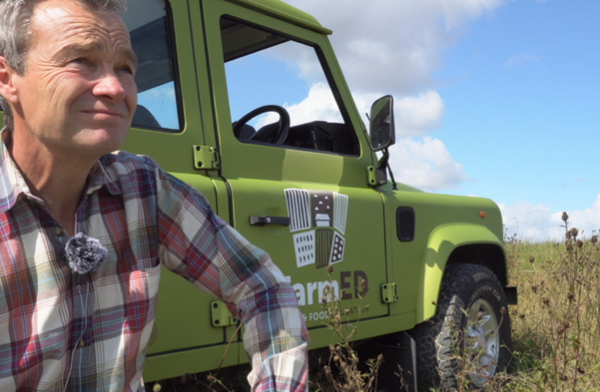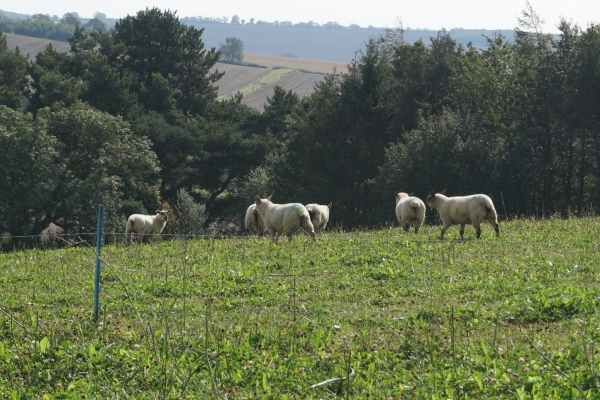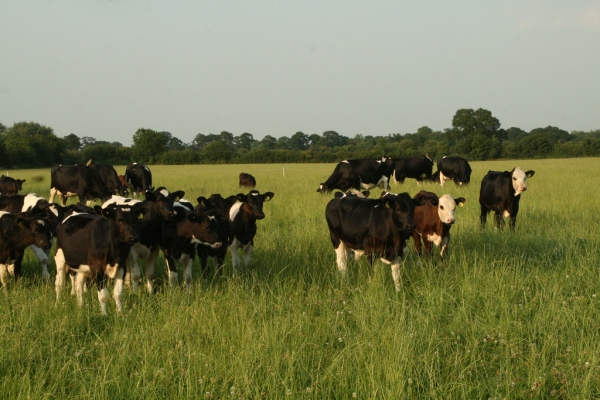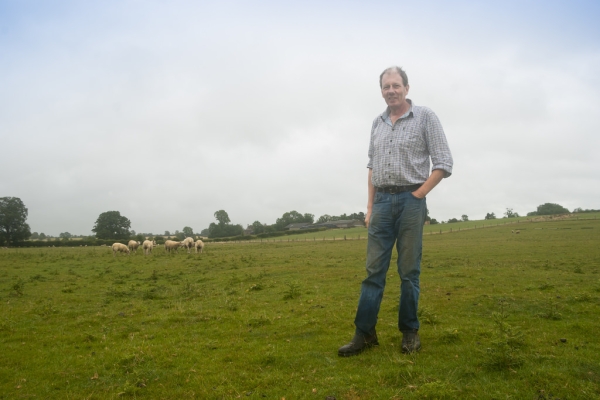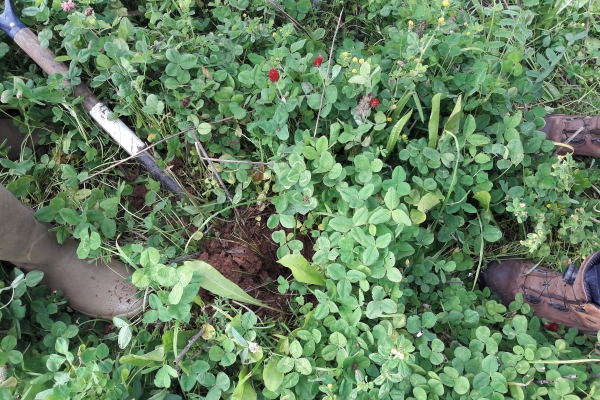Herbal Leys Webinar Series
Resource explained
The AHDB joined forces with the British Grassland Society to hold a series of four webinars exploring issues surrounding herbal leys. The first, which took place in July 2020 (accessible by the link above), focused on livestock performance and environmental improvements. It features Paul Muto (Natural England), Professor Chris Reynolds (University of Reading), Sam Lane (Cotswold Seeds), and dairy farmer and Nuffield scholar Rob Richmond. They discuss the impact of herbal leys on animal performance and soil health and share experiences of establishment and management, focusing on how to select and grow, animal performance, and herbal leys in agri-environment schemes. The second webinar focused on ‘establishment – looking forward to 2021,’ the third on ‘considerations beyond the price tag’ (from both a research and practical farming perspective), and the fourth on ‘feeding and grazing management.’
Findings & recommendations
The second webinar (see below) which took place in September 2020, features Kate Still (Soil Association and FAB farmers facilitator), Robert Thornhill (dairy farmer and Nuffield Scholar), Dafydd Parry Jones (organic beef and sheep farmer and Farming Connect mentor), and Dan Burdett (dairy farmer and Nuffield Scholar). They discuss suitable soils, topography, temperature tolerance, variety selection criteria, establishment methods, overcoming establishment challenges, and management post-establishment (weed control and the first grazing/cut).
The third (see below) took place in December 2020 and focuses on environmental and financial aspects to consider when using herbal leys; exploring animal performance, soil health, soil carbon sequestration, and fertiliser input. It features Hannah Jones (farm carbon and soils advisor with the Farm Carbon Cutting Toolkit), Paul Newell Price (ADAS soil scientist), and dairy farmer and Nuffield scholar Rob Richmond.
The final webinar (from March 2021) looks at managing herbal leys in a rotational versus mob grazing system, how to get the best nutritional value from leys, and the do’s and the don’ts of ensiling. Dave Davies (Silage Solutions Ltd), Sam Chesney (Northern Ireland beef farmer), Tom Tolputt (South West Farm Consultants) and Dan Burdett (dairy farmer and Nuffield Scholar) feature.
